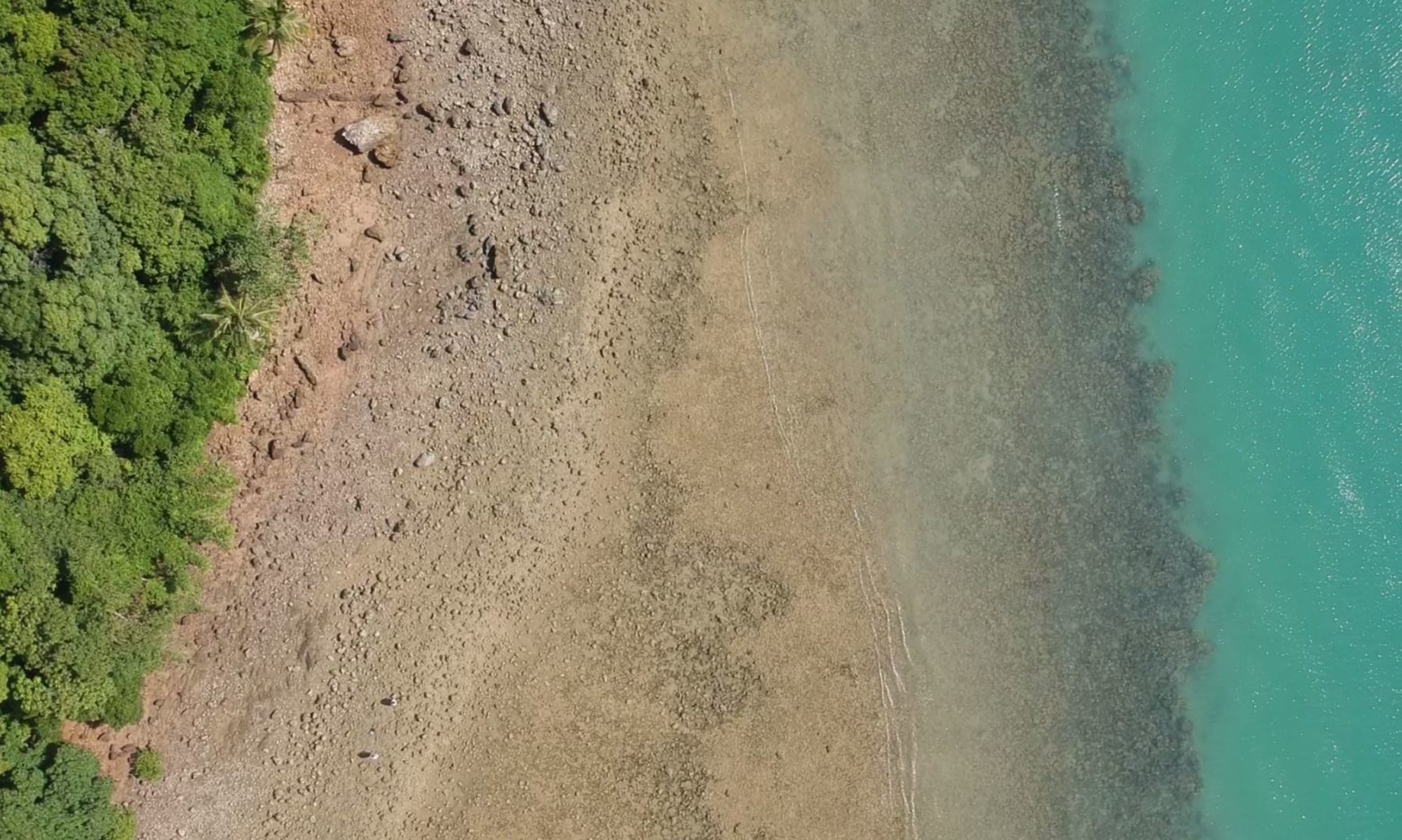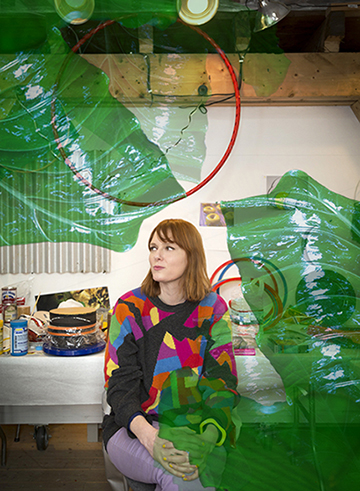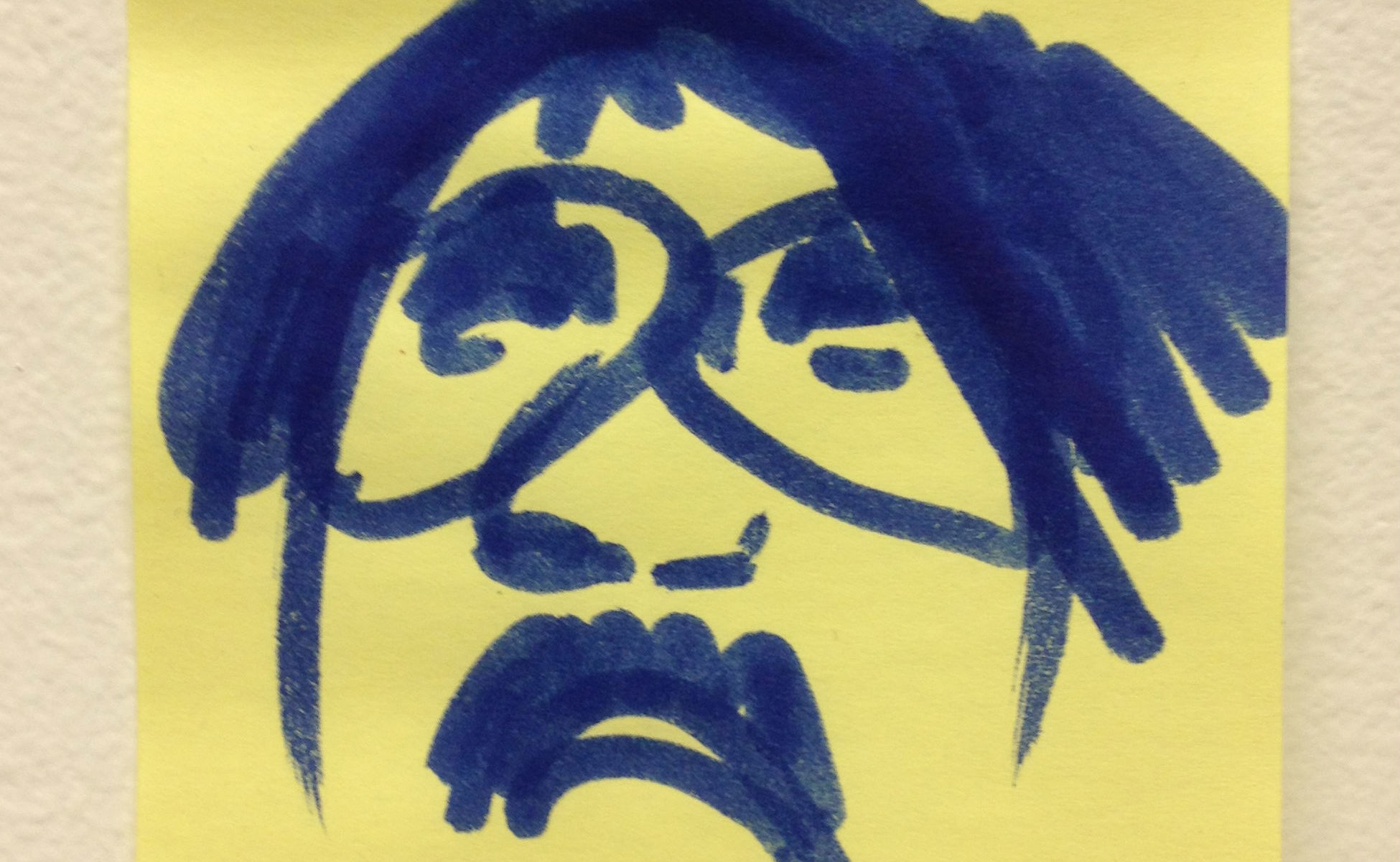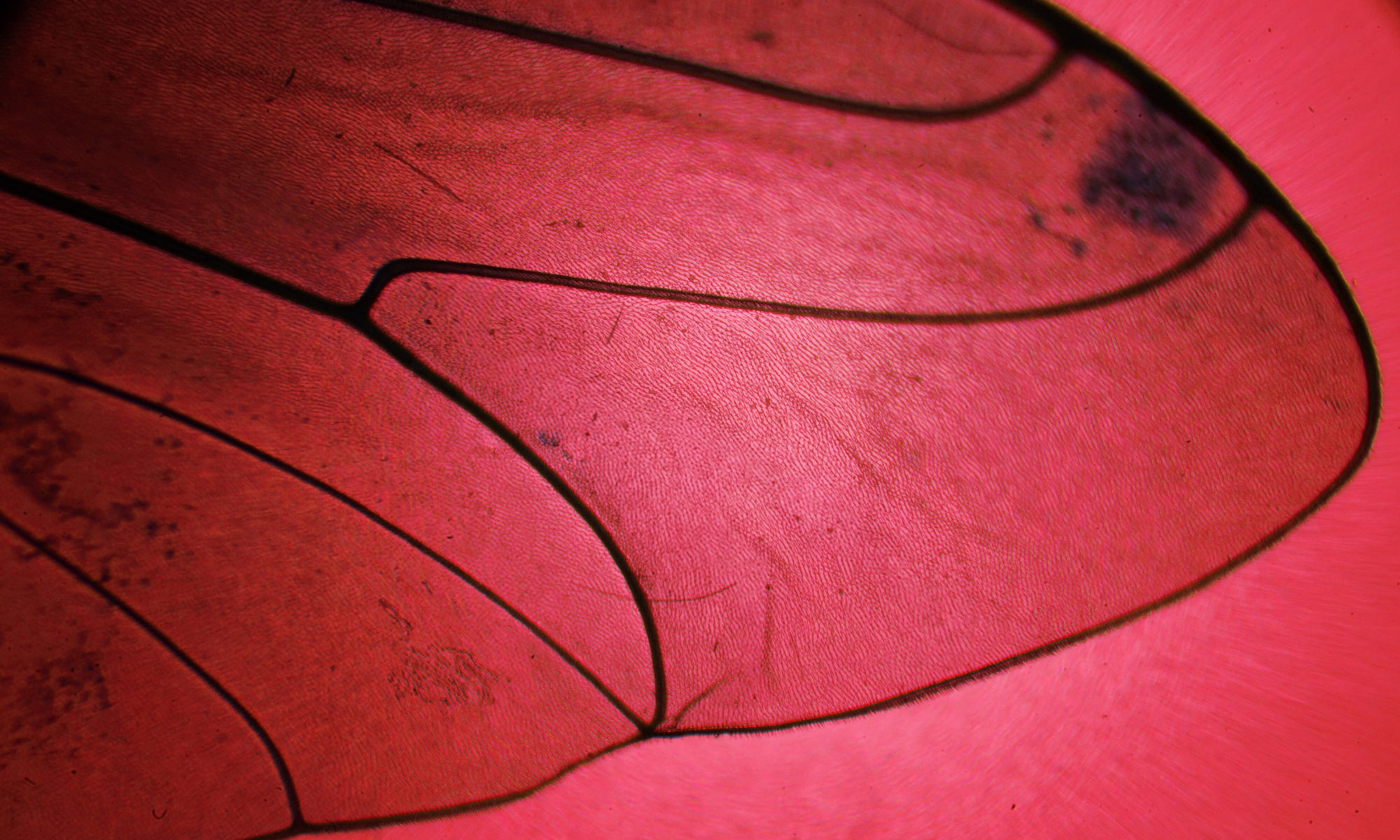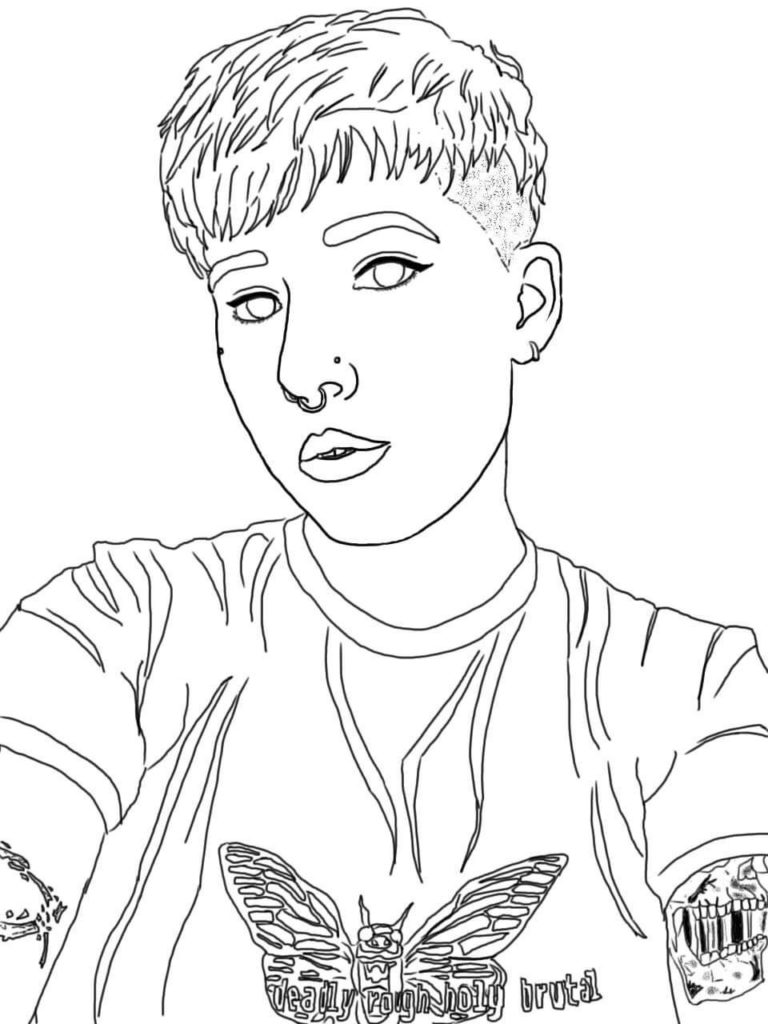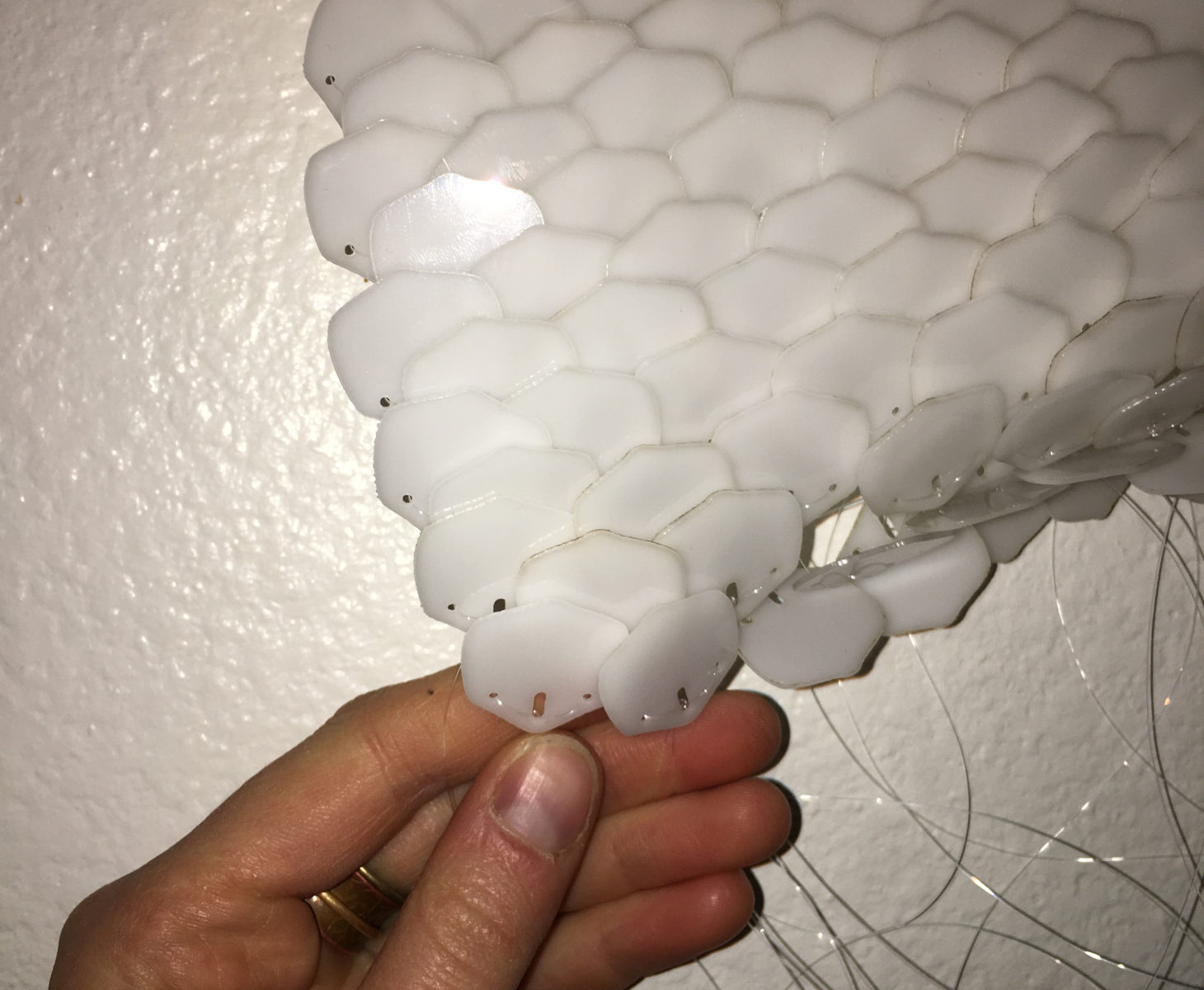August 8 – 22 (approx.)
Hi, I am an artist originally from the subtropics (Sydney), now living in Berlin. I have been researching and making work on the subtropics, tropics, and rainforest ecosystems in recent years, as well as on global patterns and flows of food distribution and certain ubiquitous edible and inedible materials used in mass produced and niche products (plastics, rubber, palm oil, cocoa, gemstones). I make rhythmic objects with text, sound, sculptural assemblage and video, forming repeat patterned motifs for performances and installations, which I use to explore behavioural patterns and systems of labour, energy expenditure, depletion, and exchange. The work often has an absurd or humorous bent.
I plan to work on both a video and a sound work at Dinacon where I’ll make field recordings as well as voice recordings and additional post processed sound with rainforest flora as original sources for larger food crops as a focus. I am interested in the encroachments from the rainforest at Gamboa onto the human built settlements at its fringes where Dinacon takes place, (the Gamboa baseball field and playgrounds, for example) and the reverse process that took place historically, the Panama Canal as a massive human intervention that cut through the forest and landscape, as well as the changes that are taking place now. Human and non human interactions in urban and human made environments within subtropical and tropical landscapes is an area of interest and I will research these topics and seek feedback during the conference where I hope to talk to Dinacon’s field biologists and other local residents as well as Digital Naturalism’s neighbouring biologists at the Smithsonian Tropical Research Institute. I also wish to make on-site sculptural assemblages incorporating forest and local food packaging debris, and to use the wood workshop and 3D printer to make sculptural forms using found rainforest and fringe objects as a basis. I will also be researching for an experimental novel I am writing that takes place in various towns and cities in the shifting and expanding (as the globe warms) geographical bandings of the tropics and subtropics. Additionally, I am very interested in birdsong and will make field recordings of the Gamboa rainforest birds.
I am looking forward to meeting you all and finding out about your projects and potentially collaborating with you!
Studio portrait photo by Walker Esner at The Wassaic Project with a few leafy additions from me.
More info: lucindadayhew.net
